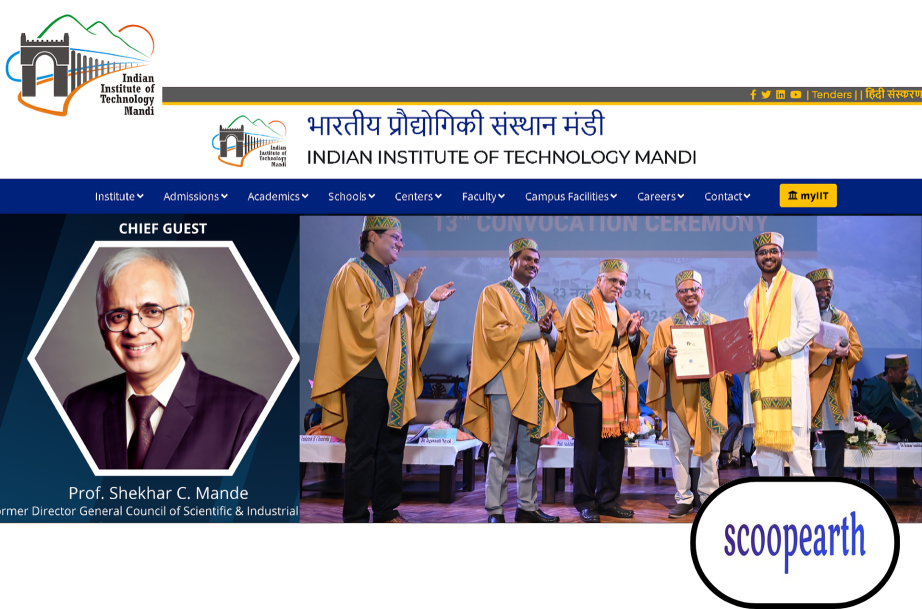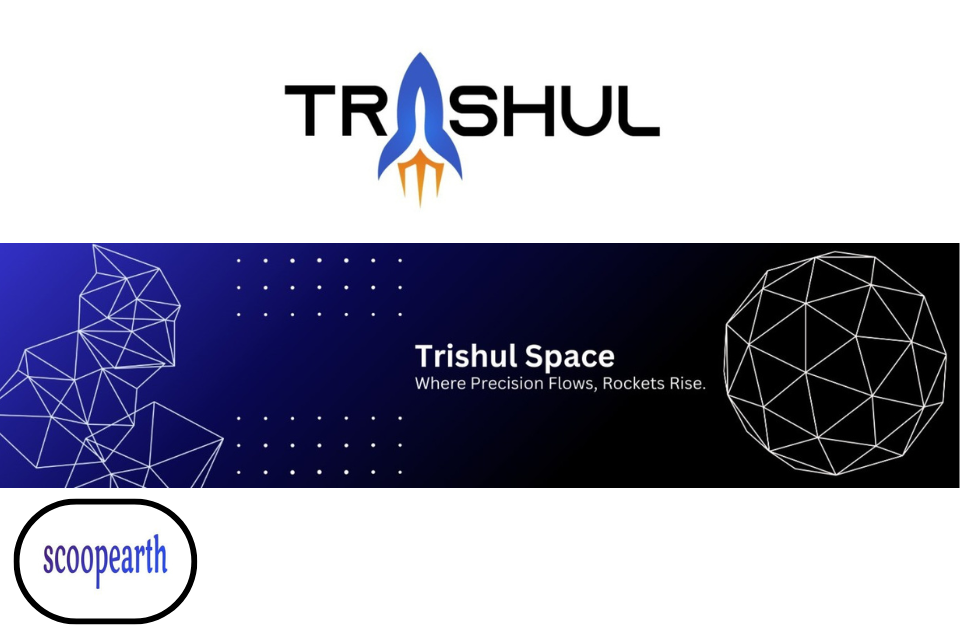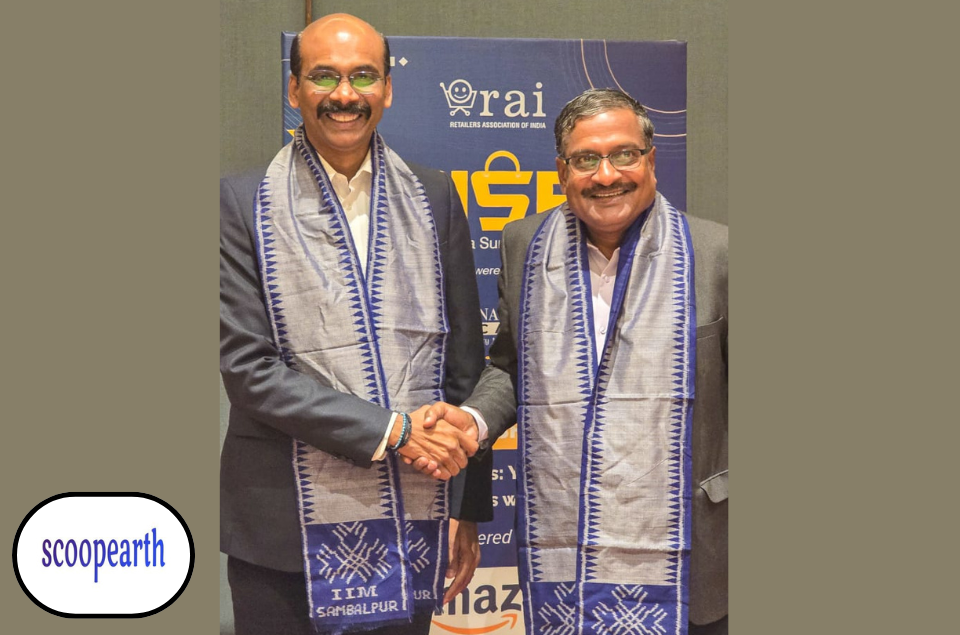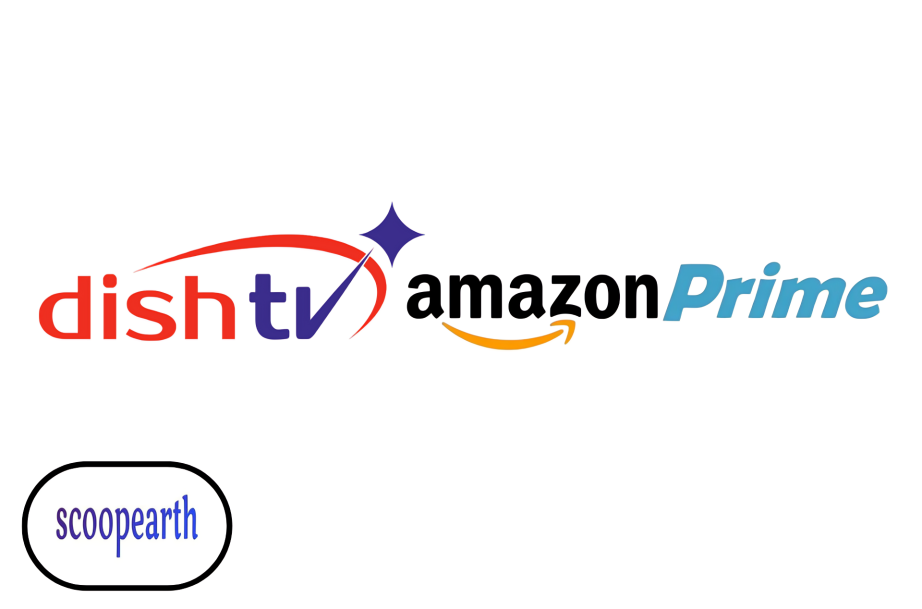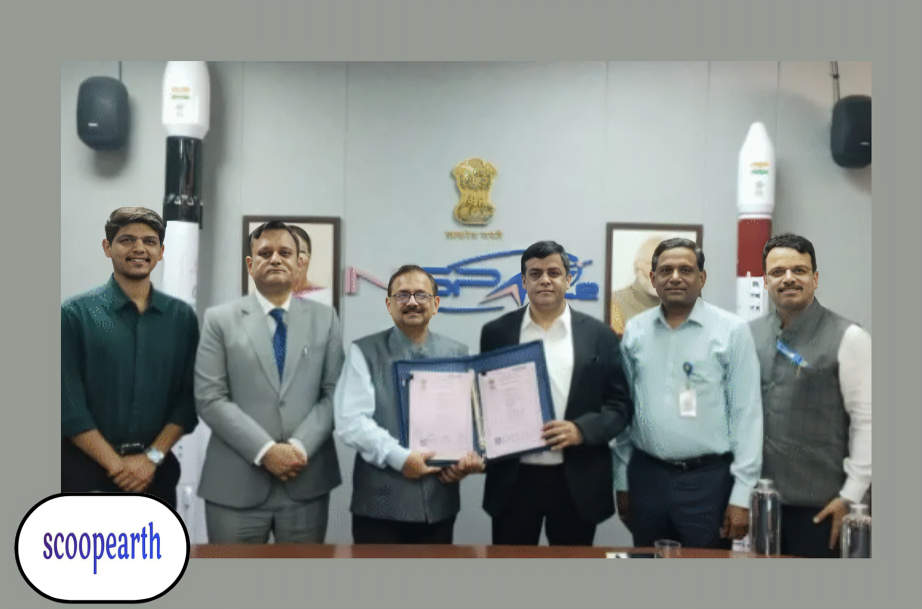Honasa Consumer achieved a ₹39 crore net profit for the Q2 FY26, CEO Varun Alagh declared ‘Mamaearth Back in Green’

SUMMARY
The parent company, Honasa Consumer Ltd., which owns its flagship brand Mamaearth, posted an impressive body of earnings during the 3 months between the period of ending September 30, 2025, which forms the second quarter of the 2026 fiscal year (Q2 FY26). It was marked by a vigorous drive on innovation, strategic category depth, and a keen emphasis on brand diversification, which eventually resulted in a radical financial turnaround of the Gurugram-based entity.

Profitability and operational efficiency
The consolidated Profit After Tax (PAT) of Honasa Consumer Ltd. is ₹39 crore in Q2 FY26, which is a stark contrast to the loss of ₹18.56 crore in the corresponding period of the previous fiscal year. This giant turnaround to profitability is the headline figure that defines the performance of the company. Alongside this profit growth was a healthy top-line performance, where revenue on operations calculated on a like-for-like basis came to ₹566 crore. This value is a substantial 22.5% increase over the previous year, clearly showing that the company has a high level of consumer demand and well-structured market penetration plans.
The operating margins were also stable and confirmed the financial discipline of the company. Earnings Before Interest, Taxes, Depreciation, and Amortization (EBITDA) was maintained at ₹48 crore, which is a healthy 8.4% margin. The gross profit margin was very high at ₹71.9. Honasa recorded consolidated revenue of ₹1,133 crore in the first half of FY26 (H1 FY26), an annual growth of 12% over ₹1,016 crore in the same period last year, with the half-year profit increasing by 3.7 times to ₹80.5 crore.
The flagship brand, Mamaearth, was the key to this quarterly success, as it managed to restore its growth rate on the market. One of the indicators was the notable market share of a 123-basis point rise of the brand in the face cleansers category, as measured by NielsenIQ. This success in the already competitive personal care segment indicates how strong the consumer bond and product offerings of Mamaearth are. To expand this trend, Mamaearth Rice Facewash became the first addition to its successful Ubtana line and Vitamin C line to enter the highly sought-after club of ₹100 crores annually, which was a big success with a comparatively younger range of products in the Mamaearth brand.
Along with the revitalization of Mamaearth, the high diversification policy of the company had excellent outcomes. Another of the core brands of Honasa, The Derma Co., hit the big mark of ₹750 crore Annual Recurring Revenue (ARR). The brand also achieved significant external recognition and was named by Euromonitor as India’s No. 1 sunscreen brand in 2024. In addition to the two dominant brands, Honasa had a number of emerging brands that had increased more than 20% per year in Q2 FY26 and have managed to continue their growth momentum in their respective areas of focus. This favorable consumer activity had been measured in terms of unit volume growth of a sound 16.7% for the quarter, which is a good underlying consumer demand for the company’s product line.
Investments and financial control
The expansion roadmap implemented by Honasa was not just concerned with brand performance, but also with strategic expansion and cost-controlling rigor. The company actively reinforced its physical presence and experienced a 35% growth in the number of direct outlets billed under the general trade distribution channel annually in the first half of FY26. This growth indicates a strategic move to expand their products outside the digital platforms.
Innovation was also a major driver of growth, and the company introduced Luminéve, the first high-end skincare brand, only via the Nykaa platform. This initiative is a strategic move into the high-end premium skincare market segment. Honasa had a calculated risk by buying 25% of up to ₹10 crore in Fang Oral Care, a luxury oral care brand.
The company had advanced financial control in terms of the cost structure. Although the cost of procurement of products naturally rose in Q2 FY26 to ₹159 crore, compared to the ₹144 crore in the year-ago period, or 32% of total spending, the company equally registered significant efficiencies. Spending on marketing, legal, and other overheads went down by 9% annually. This streamlining of operations assisted in maintaining the overall total cost relatively constant at ₹505 crore, and this reflects a good balance in terms of investing in core products and limiting discretionary expenditure.
Conclusion
The Q2 FY26 outcome confirms that Honasa has an effective business strategy since it shows a decisive switch back into profitability with a net profit of ₹39 crore. The company demonstrated efficiency in its operations, which was evidenced by the rise in the market share of Mamaearth, the milestone success of The Derma Co., and the strategic innovations such as Luminéve. The assertion of the CEO Varun Alagh concerning the power and stability of our growth playbook confirms the ongoing expansion of House of Purposeful Brands offered by Honasa in India.
Note: We at scoopearth take our ethics very seriously. More information about it can be found here.

